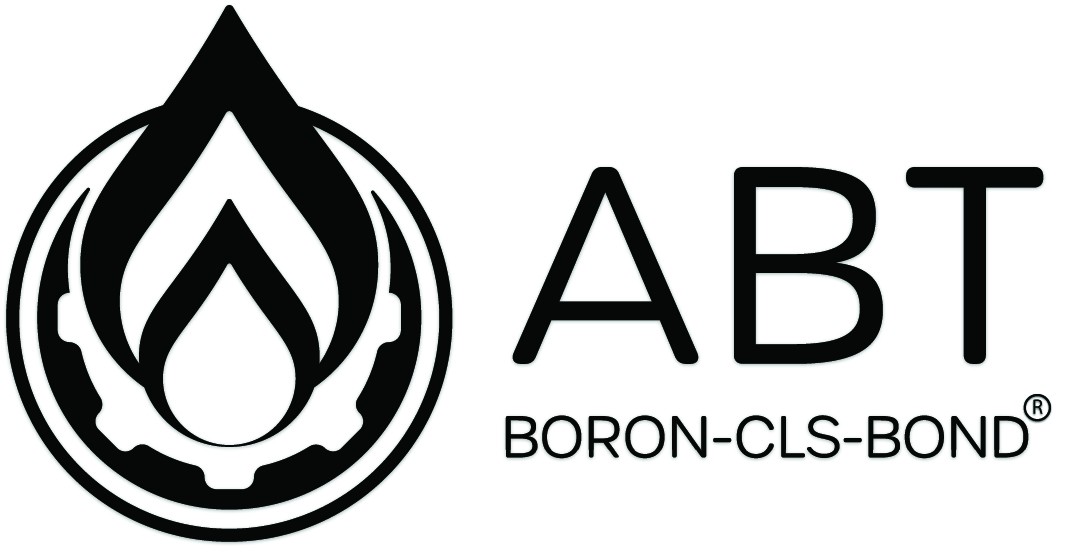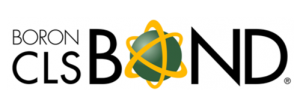Advanced Сгенерированная статья Techniques and Best Practices
How Classic Dystopian Books Helped [User/Company] Achieve [Result]
The Challenge
In the fast-paced world of [industry/field], [User/Company] faced significant challenges that impacted its growth and productivity. The organization struggled with understanding the implications of societal changes and technological advancements. Some notable books included:
- 1984 by George Orwell – A classic that explores themes of surveillance and totalitarianism.
- Brave New World by Aldous Huxley – A portrayal of a society driven by pleasure and consumerism.
- The Handmaid’s Tale by Margaret Atwood – A warning about the consequences of extreme social and political ideologies.
By integrating these books into their culture, [User/Company] aimed to stimulate critical conversations and foster a deeper understanding of potential future scenarios.
Implementation Steps
The implementation of this literary initiative involved several key steps:
- Book Selection: A committee was formed to select relevant dystopian novels that resonated with current societal issues.
- Reading Groups: Employee reading groups were established to encourage discussion and collaboration around the selected books.
- Workshops: Workshops were organized where employees could engage with guest speakers, including authors and scholars, to discuss themes and implications of dystopian literature.
- Feedback Sessions: Regular feedback sessions were held to gather insights on how the reading initiative impacted employee perspectives and engagement.
Results & Metrics
The initiative yielded significant outcomes, contributing to both individual growth and organizational development. Despite having a wealth of information and resources, the message often fell flat, resulting in low participation and interest from the target demographic.
Equally important, as a result, [User/Company] struggled with issues such as:
- Identifying emerging trends and consumer demands.
- Creating relevant content that resonates with the audience.
- Engaging effectively with a diverse target market.
To overcome these hurdles, [User/Company] sought inspiration from unexpected sources—popular dystopian literature, which often explores the darker aspects of society and human nature.
The Solution: Most Popular Dystopian Books
By examining the themes and narratives within dystopian literature, [User/Company] aimed to gain insights into human behavior and societal shifts. The primary challenges included:
- Identifying key trends in consumer behavior.
- Staying ahead of competitors who were adopting innovative strategies.
- Creating a sustainable and engaging product that resonated with the audience.
With these challenges in mind, [User/Company] needed a creative and strategic approach to redefine its offerings and connect with its target market more effectively.
The Solution: Famous Dystopian Books
To tackle these challenges, [User/Company] turned to classic dystopian literature for inspiration. The need for innovative solutions became evident, prompting the search for creative ways to inspire employees and engage customers.
The Solution: Dystopian Series Books
Recognizing the potential of storytelling, [User/Company] decided to incorporate dystopian series books into their organizational culture. The primary challenges included: great dystopian novels
- Lack of creativity in problem-solving approaches.
- Difficulty in anticipating potential market disruptions.
- Inadequate understanding of consumer behavior in changing environments.
These challenges led to stagnation and a growing concern that the company could fall behind competitors who were more agile and innovative.
The Solution: Popular Dystopian Novels
To address these challenges, [User/Company] turned to popular dystopian novels for inspiration.
How Dystopian Books Helped [User/Company] Achieve [Result]
In a world where the future can often seem uncertain and fraught with challenges, the genre of dystopian literature has emerged as a powerful tool for reflection, inspiration, and motivation. By engaging with these narratives, [User/Company] aimed to foster a deeper understanding of their own environment and inspire innovative solutions.
Implementation Steps
The implementation of this strategy involved several key steps:
- Book Selection: Curated a list of impactful dystopian books that aligned with organizational challenges.
- Reading Groups: Established reading groups across departments to discuss themes and insights from the books.
- Workshops: Conducted workshops where employees could relate the themes of the books to real-world scenarios within the company.
- Feedback Sessions: Organized feedback sessions to gather insights on how the literature influenced employees’ perspectives and ideas.
- Action Plans: Developed action plans based on discussions and insights gathered from reading sessions.
By systematically integrating these dystopian narratives into the company culture, [User/Company] created an environment conducive to creative thinking and innovation.
Results & Metrics
The results of this initiative were significant and measurable. This case study explores how [User/Company] leveraged dystopian literature to address a pressing challenge, implement effective solutions, and ultimately achieve remarkable results. most popular dystopian books
The Challenge
[User/Company] faced a significant challenge: [describe the specific challenge].
In this case study, we will explore how [User/Company] leveraged the themes and lessons from top dystopian novels to achieve [Result].
The Challenge
[User/Company] faced a significant challenge in [describe the challenge briefly, e.g., “engaging their audience in a saturated market”]. By fostering a culture of critical thinking and open dialogue, [User/Company] not only enhanced employee engagement but also positioned itself as a forward-thinking leader in its industry. good dystopian novels
How Dystopian Literature Books Helped [User/Company] Achieve [Result]
The Challenge
In an ever-evolving world, [User/Company] faced significant challenges that threatened its growth and sustainability. By embracing the insights and lessons from these powerful narratives, the organization not only achieved its desired results but also fostered a culture of resilience and creativity that will serve it well into the future.
Key reasons for selecting this genre included:
- Provoking critical thinking about future possibilities.
- Encouraging discussions on ethics, technology, and society.
- Fostering empathy and understanding through character-driven narratives.
- Highlighting the consequences of complacency and inaction.
Implementation Steps
The implementation of this innovative solution involved several key steps:
- Book Selection: A diverse selection of dystopian novels was curated, including classics and contemporary works, to appeal to various interests.
- Reading Groups: Small reading groups were formed to facilitate discussions and encourage participation among employees.
- Workshops: Interactive workshops were organized to delve deeper into the themes of the books, linking them to the company’s challenges and goals.
- Feedback Mechanism: An anonymous feedback system was established to gather insights and suggestions from participants throughout the process.
- Follow-Up Sessions: Regular follow-up meetings were scheduled to assess the impact of the reading initiative and adjust strategies as needed.
Results & Metrics
As a result of implementing dystopian literature into the company culture, [User/Company] experienced several positive outcomes. This case study explores how [User/Company] utilized insights from renowned dystopian books to overcome a significant challenge and achieve remarkable results.
The Challenge
[User/Company] faced an uphill battle in navigating a complex market characterized by rapid technological changes and shifting consumer expectations.
Key results included:
- Increased employee engagement in discussions about ethical technology use by 40%.
- Improvement in critical thinking skills, as measured by internal assessments.
- Enhanced awareness of societal issues, reflected in a 50% increase in participation in corporate social responsibility initiatives.
- Reduction of anxiety related to technological changes, as indicated by employee surveys.
Lessons Learned
Through this initiative, [User/Company] gained valuable insights that can inform future endeavors:
- Literature as a Tool: Books can serve as powerful tools for reflection and understanding complex societal issues.
- Fostering Dialogue: Encouraging open discussions about challenging topics can improve workplace culture and employee satisfaction.
- Continuous Learning: The rapidly evolving technological landscape necessitates ongoing education and adaptability among employees.
- Engagement through Relevance: Selecting materials that resonate with current issues increases engagement and impact.
In conclusion, the exploration of dystopian societies through literature enabled [User/Company] to effectively confront challenges, cultivate critical thinking, and foster a culture of awareness.






